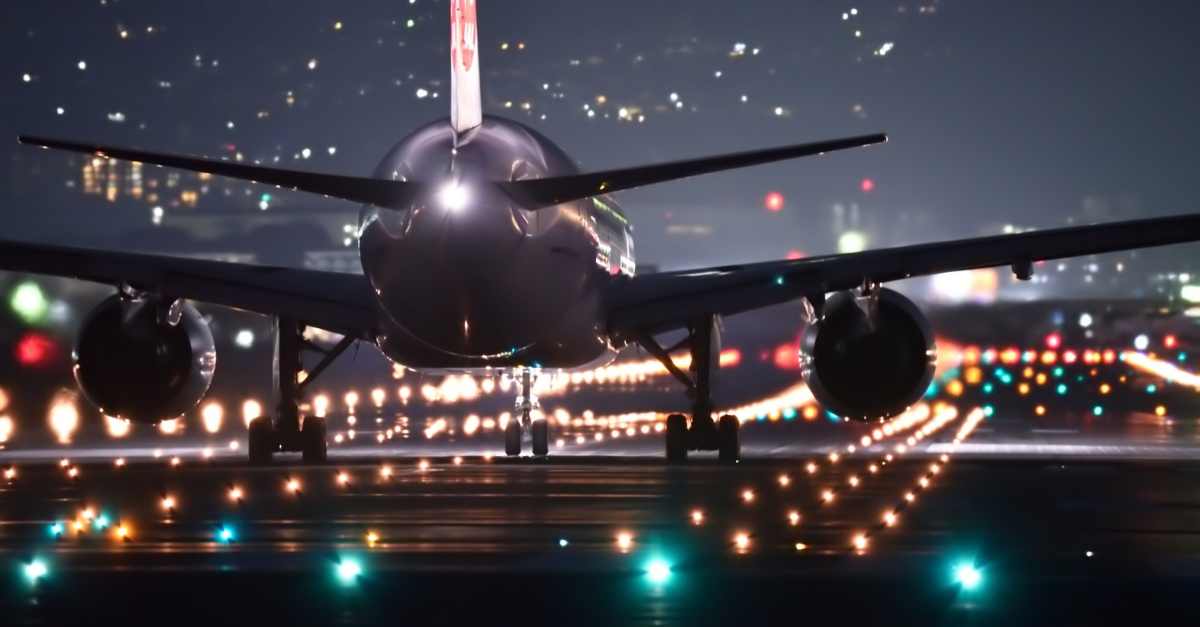A Look at 5 Vital Pieces of Airport Ground Equipment
The aviation sector is a testament to modern engineering and logistical prowess, with airports serving as the pivotal points in this elaborate network. Ensuring the smooth operation of these aviation hubs requires a wide array of specialized ground equipment. These tools and vehicles are not only essential for enhancing efficiency but also for ensuring safety and security. This article delves into five vital pieces of airport ground equipment that are indispensable for the seamless functioning of any airport, highlighting their importance and the technological advancements shaping their future.
-
Aircraft Tow Tractors (Pushback Tugs)
Aircraft tow tractors, often referred to as pushback tugs, are some of the most visible and essential pieces of ground support equipment at airports. These sturdy vehicles maneuver aircraft on the ground, particularly in and out of gate positions.
Functionality and Importance:
Pushback tugs are crucial for safely positioning aircraft without requiring them to use their engines, thereby reducing the risk of accidents in the crowded ramp area. These tugs come in various sizes and power ratings to accommodate different aircraft types, from small regional jets to the largest commercial airliners. By enabling precise control over aircraft movements, pushback tugs help minimize delays and ensure efficient gate turnaround times, directly impacting an airline’s operational efficiency and profitability.
Technological Advances:
Recent advancements have seen the introduction of electric pushback tugs, which offer environmentally friendly alternatives to traditional diesel-powered models. These electric tugs significantly reduce carbon emissions and noise pollution, aligning with the aviation industry’s broader goals of sustainability and reduced environmental impact.
-
Ground Power Units (GPUs)
Ground power units are essential pieces of equipment that provide electricity to aircraft while they are parked at the gate. This equipment allows aircraft systems to operate without using the onboard auxiliary power units (APUs), which consume jet fuel and produce emissions.
Functionality and Importance:
GPUs supply electrical power to the aircraft for various systems, including lighting, air conditioning, and avionics, during boarding and maintenance. This not only conserves fuel but also reduces operational costs and environmental impact. Reliable GPUs are critical for maintaining passenger comfort and ensuring that aircraft are fully operational and ready for departure.
Variety and Innovation:
GPUs can be either mobile or fixed, and modern units often feature advanced controls and monitoring systems to ensure efficient and consistent power delivery. Some of the latest models incorporate hybrid or fully electric technologies, further enhancing their environmental benefits and operational efficiency.
-
Baggage Handling Systems
Baggage handling systems are intricate networks of conveyors, scanners, and sorters designed to transport checked luggage from the check-in counter to the aircraft and vice versa. These systems play a pivotal role in maintaining punctuality and ensuring customer satisfaction.
Functionality and Importance:
A well-functioning baggage handling system ensures that luggage is accurately tracked and efficiently moved through the airport. This minimizes the risk of lost or delayed baggage, which can significantly impact passenger experience and airline reputation. Automated systems can handle thousands of bags per hour, reducing the need for manual labor and speeding up the process.
Technological Integration:
Modern baggage handling systems are integrated with sophisticated software that uses barcodes and RFID tags to track luggage in real-time. This technology enables better management of baggage flows and provides passengers with updated information about the status of their luggage. Advanced imaging and scanning technologies also enhance security by detecting potential threats within checked luggage.
-
Aircraft Deicing Equipment
Aircraft deicing equipment is crucial in ensuring flight safety during winter operations. This equipment includes deicing trucks and facilities that apply heated, glycol-based fluids to aircraft surfaces to remove ice and prevent its formation.
Functionality and Importance:
Deicing is essential to maintain the aerodynamic properties of the aircraft, preventing ice accumulation that can adversely affect lift and control surfaces. Efficient deicing operations are critical for avoiding flight delays and cancellations during inclement weather, thereby maintaining schedule integrity and ensuring passenger safety.
-
Passenger Boarding Bridges (Jet Bridges) and Electric Tugs: Enhancing Airport Efficiency
Passenger boarding bridges, commonly known as jet bridges, are telescoping tunnels that connect airport terminals to aircraft. These structures play a vital role in facilitating the safe and efficient boarding and disembarking of passengers. In tandem with these bridges, electric tugs serve as indispensable companions, enhancing airport efficiency and sustainability.
Motrec electric tugs are a prime example of innovation in ground support equipment. These electric-powered vehicles offer eco-friendly alternatives to traditional diesel-powered tugs, aligning with the aviation industry’s sustainability goals. With their precision control and efficient maneuverability, Motrec electric tugs complement passenger boarding bridges by aiding in the smooth movement of aircraft on the ground, particularly during gate positioning and pushback operations.
Conclusion
Airport ground equipment is the unsung hero of aviation operations, playing a crucial role in ensuring that everything runs smoothly and safely from the moment an aircraft lands until it takes off again. The five pieces of equipment discussed—aircraft tow tractors, ground power units, baggage handling systems, aircraft deicing equipment, and passenger boarding bridges—are integral to the efficient functioning of airports. As technology advances, these tools continue to evolve, becoming more efficient, environmentally friendly, and sophisticated. These advancements not only enhance the overall travel experience for passengers but also improve the operational efficiency and sustainability of the aviation industry.






